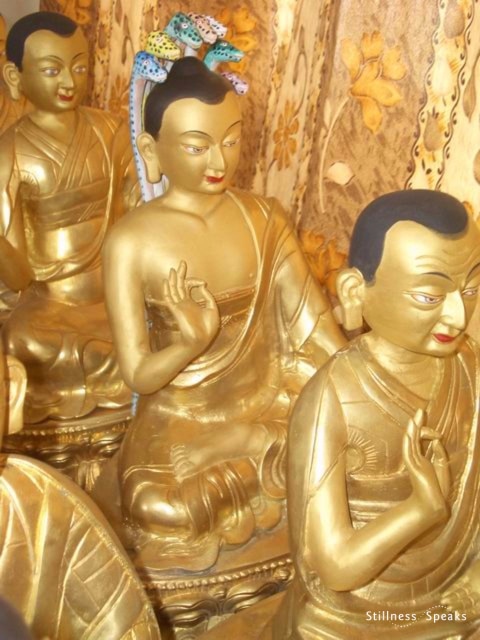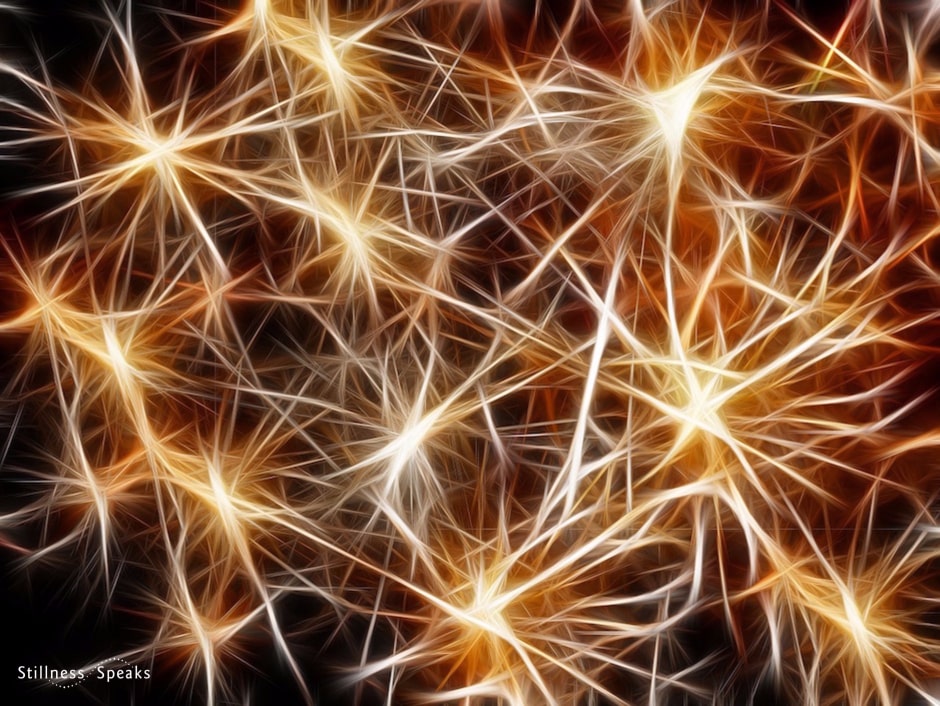“… Emptiness teachings … free you from experiencing yourself and world in terms of … opposites …” ~ Greg Goode
In Part 2 of this series, Greg addresses: How emptiness is Nondual? and What Does it Mean? … and, here’s Part 1.
How Is Emptiness Nondual?
The most common connotation of “nonduality” is “oneness” or “singularity.” Many teachings state that everything is actually awareness; those teachings are nondual in the “oneness” sense in which there are no two things.
But there is another sense of “nonduality.” Instead of nonduality as “oneness,” it’s nonduality as “free from dualistic extremes.” This entails freedom from the pairs of metaphysical dualisms such as essentialism/nihilism, existence/non-existence, reification/annihilation, presence/absence, or intrinsicality/voidness, etc. These pairs are dualisms in this sense: if you experience things in the world in terms of one side of the pair, you will experience things in the world in terms of the other side as well. If some things seem like they truly exist, then other things will seem like they truly don’t exist. You will experience your own self to truly exist, and fear that one day you will truly not exist. Emptiness teachings show how none of these pairs make sense, and free you from experiencing yourself and world in terms of these opposites. Emptiness teachings are nondual in this sense.
Plus, when emptiness is directly realized the way it is explained in some of the Tibetan-influenced sources (such as Jeffrey Hopkins’s Meditation on Emptiness), at that moment there is an absence of the sense of a subject/object gap in one’s experience. This is a notion of nonduality more similar to that found in awareness-style teachings.
For those who encounter emptiness teachings after they’ve become familiar with awareness teachings, it’s very tempting to misread the emptiness teachings by substituting terms. That is, it’s very easy to misread the emptiness teachings by seeing “emptiness” on the page and thinking to yourself, “Awareness, consciousness… I know what they’re talking about.”
Early in my own study, I began with this substitution in mind. With this misreading, I found a lot in the emptiness teachings to be quite INcomprehensible! So I started again, laying aside the notion that “emptiness” and “awareness” were equivalent. I tried to let the emptiness teachings speak for themselves. I came to find that they have a subtle beauty and power, a flavor quite different from the awareness teachings. Emptiness teachings do not speak of emptiness as a true nature that underlies or supports things. Rather, it speaks of selves and things as essenceless and free.
What Does Emptiness Mean?
What are things empty of? According to the Buddhist teachings, things are empty of inherent existence. Being empty of inherent existence means that there is no essential, fixed or independent way in which things exist. Things have no essential nature. There is no way things truly are, in and of themselves. We will investigate the notion of inherent existence in more detail below.
Different Buddhist schools or tenet systems have different ways of characterizing emptiness; they have different ways of helping students reduce suffering. My characterization of emptiness as taught in Buddhism follows somewhat the Tibetan Gelug-ba school of Prasangika or “Consequentialist” Madhyamika. This is not the only tenet system in Buddhism that discusses emptiness. There are other schools with slightly different interpretations of the emptiness teachings. I prefer the Tibetan Prasangika interpretation for pragmatic reasons. It has a greater number of publicly available supports for studying and meditating on emptiness than I have seen in other Buddhist schools. It makes it easier than other varieties of Buddhist teaching to actually use the teachings. The term “Prasangika” is Sanskrit for “consequence.” The “consequence” designation comes from this school’s method of debate and refutation, which follows Nagarjuna’s style in his Treatise.
— — —
In Part 3 of this 10-part series … Greg will cover “How Can Emptiness Help with Suffering?” … so stay tuned …
Click here for Part 1 of this series.
We are honored to publish this guest post series authored by Greg Goode and is sourced from his website. Greg is one of the teachers in Stillness Speaks library so please visit his teacher’s page for comprehensive information about his work.
Images: (all edited and logo added) 1) Opposites by Comfreak, CCO Public Domain, 2) Abstract by insspirito, CCO Public Domain, 3), Nagarjuna by John Hill, CC BY-SA 3.0.









